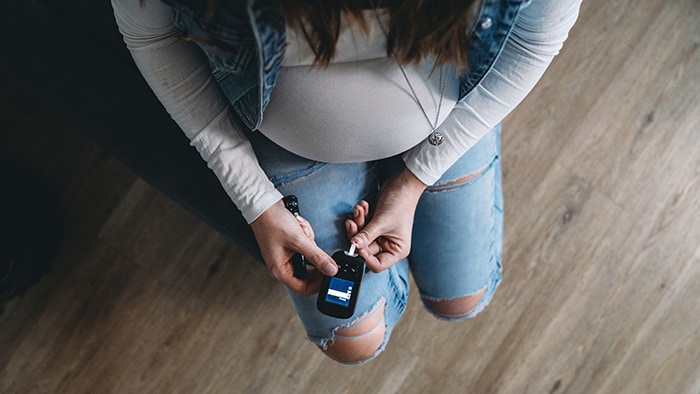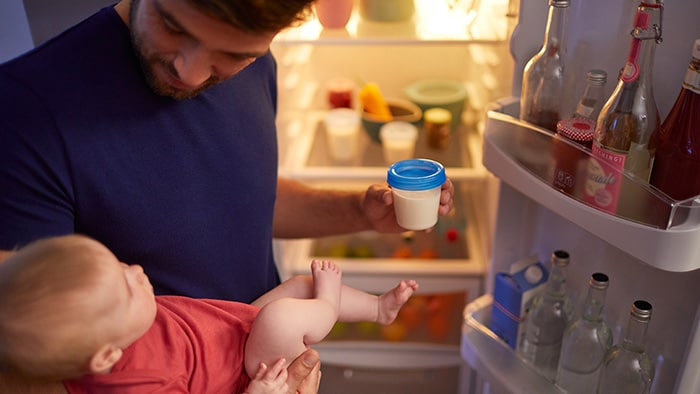March 2021
Nipple changes during milk expression
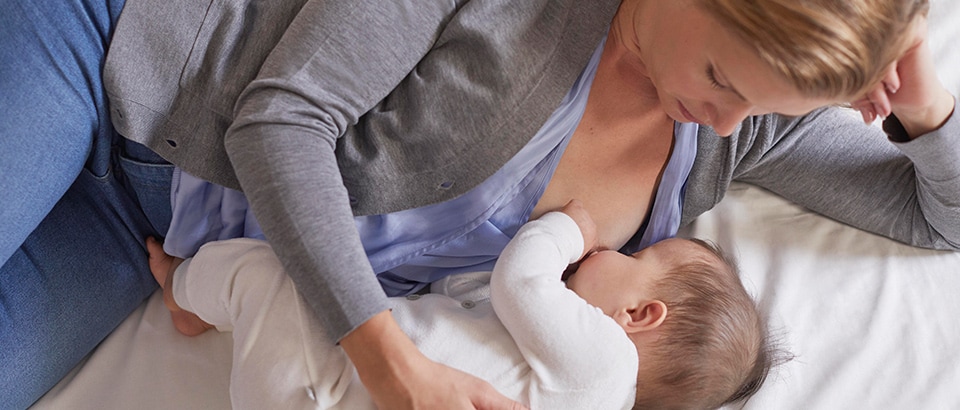
It will come as no surprise to midwives that breasts and nipples come in all shapes and sizes. But it’s not always something a first-time mother thinks about when she first starts using a breast pump. She may not realize the importance of choosing the right funnel size, which most breast pumps demand. Or that breasts can continue to change shape and size during breastfeeding, which calls for frequent checks to ensure the fit is still right. Otherwise, she risks irritation, soreness or other complications.
Studying the data
The data included nipple shape and size differences between countries and continents. We found a mere 00.02% probability of nipples being larger than 30mm in diameter. Assuming the data is normal, 99.98% of nipples would be 30mm or smaller in diameter.
Improper shield fit may cause trauma to the breast.1 To discover more about nipple shapes and sizes during lactation, Philips Avent investigated existing, relevant data.2-4 This included literature and videos of women’s breasts while expressing milk. The goal was to develop a breast shield that can fit as many sizes and shapes as possible, without mothers having to measure their nipples or change shields to find the right fit.
Only 00.02% of nipples are larger than 30mm
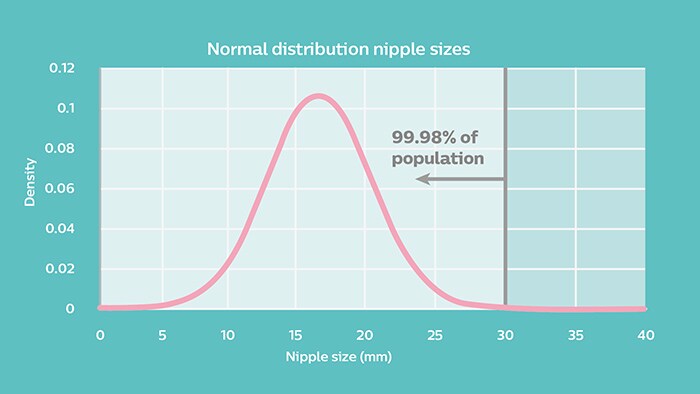
Nipple stretch observations
Our findings? On average, nipples increased 9x in volume compared with the starting volume. When applying vacuum, most stretch occurred within the first minute of expression. Relatively minor stretch occurred during the final minutes of pumping. The shape of the stretch depended mainly on tissue flexibility, and not on the size of the nipple prior to expression.
Based on the knowledge that nipples stretch substantially during expression, videos were made during drinking and pumping. This helped give clear information about the extent to which nipples enlarge during their stretched state (±2 mm).
Observational study: volume increases ±9x
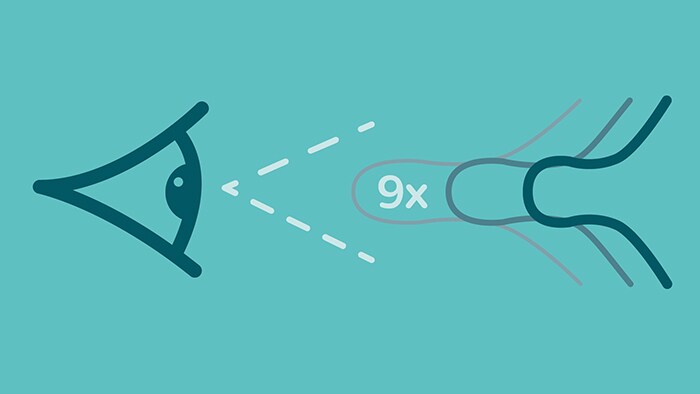
The importance of collapse
Further research found that, by adequately touching the even the smallest sized nipples – the new breast pump shield resulted in better stimulation, and more effective expression.
By looking more closely at the nipple size and stretch data, Philips Avent designers were able to develop a new “collapsing technology”. They determined how, when and how much the breast shield should collapse towards the nipple. Optimal breast stimulation during expression is achieved using vacuum combined with massage, to support MER.
Collapsing technology fits 99.98%of nipples and increases stimulation
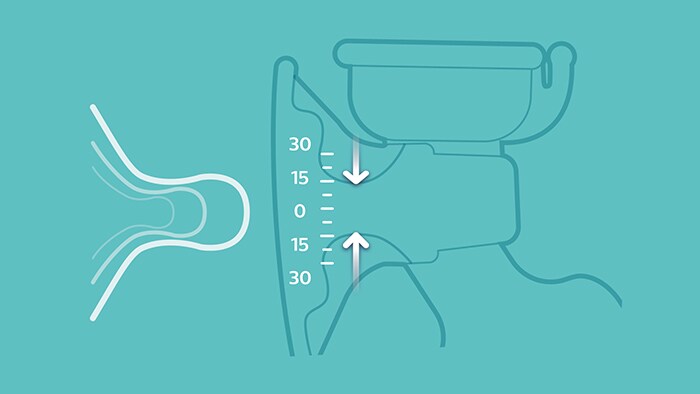
No more changing shields
An innovative breast shield was created that not only massages the breast, like baby. It also takes nipple size, stretch and shape into account. The result is a new type of breast pump – with a shield made using a single piece of silicone, that flexes and adapts to mother’s nipple size and shape – designed to comfortably fit 99.88% of nipple sizes (up to 30mm in diameter).
A good fitting breast shield helps mothers avoid pain and medical complications. The nipple should be centered, with no abrasive forces pressing on the nipple (caused by a shield that is too large or small). This has led to the newest Philips Avent breast pump designs.
Share this article:
Related articles
Not a Healthcare Professional?
References
